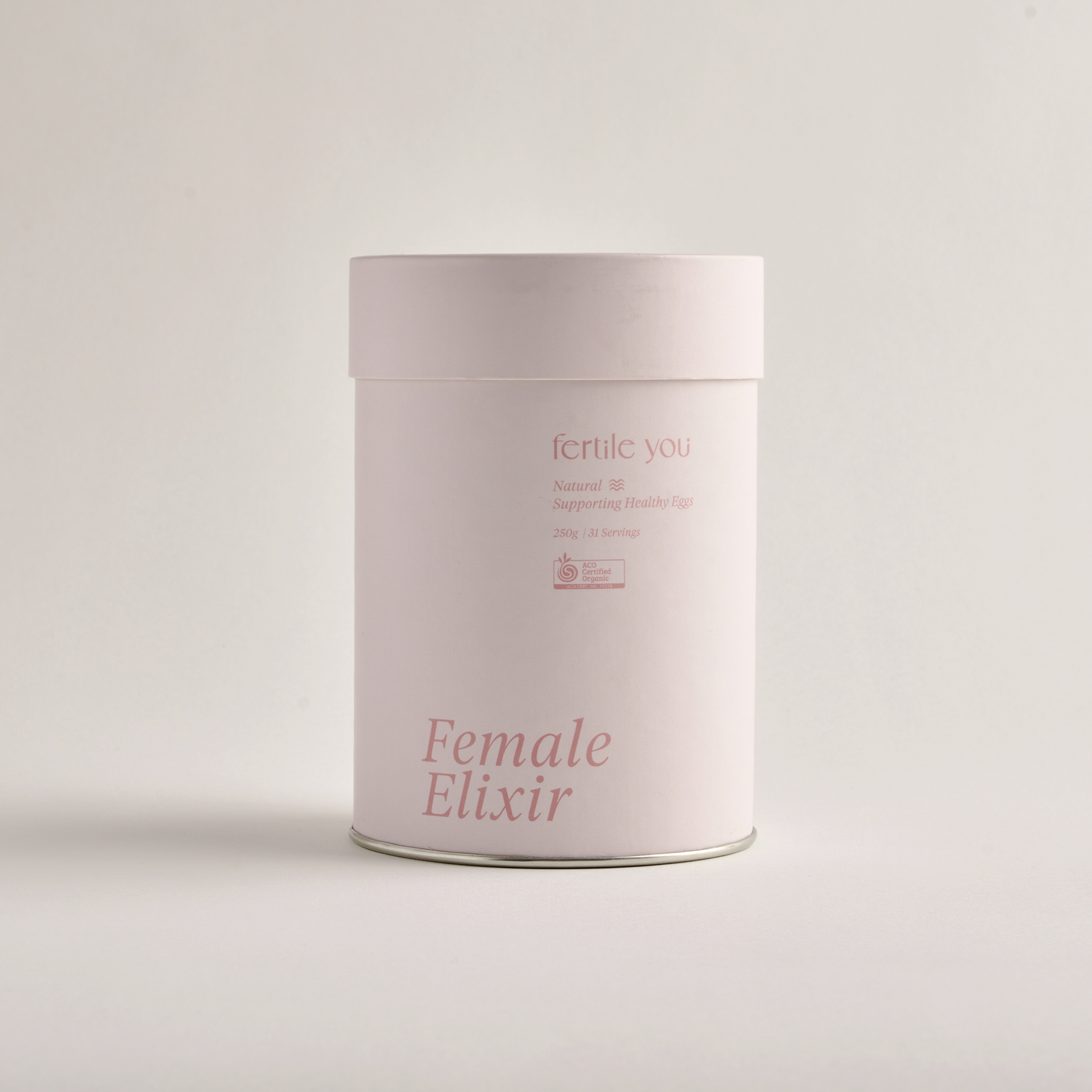
What different types of contraception can I access?
There’s no one-size-fits-all approach to contraception. For some of us, remembering to take a pill at the same time every day will be an easy task. For others, the set-and-forget approach of a contraceptive injection might be an easier way of preventing pregnancy.
But, in order to understand which choice is best for us, we have to get clear on our options. By understanding the wide variety of contraceptive options available (and the pros and cons of each), you’ll be in the best position to make the right choice for your needs and body.
How contraception works to prevent pregnancy
Let’s start with the basics. The idea behind birth control is to prevent pregnancy. Broadly speaking, there are two ways of doing this: by stopping the ovaries from releasing an egg each month (hormonal contraception) or from preventing sperm from reaching the ovaries through physical barriers or implants (non-hormonal contraception).
In the case of hormonal contraception (such as The Pill), hormones are used to stop the ovaries from releasing an egg while also thickening the fluid in the cervix to make it nearly impossible for sperm to enter.
In contrast, barrier contraception (such as condoms, cervical caps and diaphragms) act as a physical barrier that prevents sperm from reaching the egg. Plus, there are other non-hormonal contraception options (such as Copper intrauterine contraceptive device) which releases copper into the uterus to make the area uninhabitable for sperm.
Hormonal contraception options
Let’s take a look at what hormonal contraception options you have, and what you need to consider with this type of birth control.
The Pill
The Pill is the most popular type of birth control among Australian women (used by 33% of fertile women in Australia). But there are actually two different types of the Pill available on chemist shelves. These include:
- The combined oral contraceptive Pill: this formula contains both oestrogen and progestogen hormones.
- The mini pill: this contains only progestogen.
To access either type of Pill, you’ll need to book in with your GP and receive a prescription. You’ll need to take one Pill at the same time every day to ensure this method of birth control is 99% effective in preventing pregnancy.
Many women choose the Pill as their preferred method of birth control because:
- It can be used to skip your period
- You can experience lighter and less painful periods
- Acne may improve
- It can help with symptoms of polycystic ovary syndrome (PCOS) and endometriosis
However, some of the side effects from taking the Pill can include:
- Irregular vaginal bleeding
- Nausea
- Sore or tender breasts
- Headache
- Bloating
- Changes to your skin and/or mood
Plus, if you have a family history of deep vein thrombosis, high blood pressure, heart or liver disease, have been treated for breast cancer or are over 35 and smoke, the Pill may not be the right option for you. Make sure to chat with your GP to find out if this type of birth control is suited to your body and medical history.
But aside from the Pill, some other common types of hormonal birth control include:
- The Patch: a small, square bandage that is applied to your skin and gradually releases hormones into your body that prevent pregnancy.
- Pros: Extremely effective in preventing pregnancy (less than 1% of people who use this type of birth control experience an unexpected pregnancy).
- Cons: Can cause skin irritation, bleeding between periods, breast tenderness, nausea and doesn’t prevent STIs.
- The Ring: this is a small, flexible plastic ring that is inserted into your vagina. It helps prevent pregnancy by releasing estrogen and progestin into your bloodstream.
- Pros: It’s applied by a doctor which means it’s higher effective.
- Cons: Can cause vaginal irritation or infections and doesn’t protect against STIs.
- The contraceptive injection (Depo-Provera and Depo-Ralovera): this is an injection you’ll receive every 12 weeks and contains a hormone called DMPA (which is similar to progesterone).
- Pros: Highly effective way of preventing pregnancy, can prevent vaginal bleeding and severe period pain and can be a good alternative for women who can’t use the Pill or implant.
- Cons: Doesn’t protect against STIs and can’t be immediately reversed if you decide it isn’t the right option for you.
- Mirena IUD: this is a T-shaped plastic frame your doctor will place inside your uterus. It disperses the hormone progestin which thickens cervical mucus and stops sperm from reaching the egg. In most cases, this option will last for five years.
- Pros: A great step-and-forget option for women who struggle to remember to take a daily Pill.
- Cons: It’s a more permanent option that requires a trip to your GP to be removed if this option isn’t right for you.
- Implanon: this is a small, flexible rod that is placed under your skin in your upper arm. It slowly releases a progestogen hormone called etonogestrel into your bloodstream to prevent pregnancy.
- Pros: This option can prevent pregnancy for up to 3 years.
- Cons: Again, you’ll need to visit your GP to have this implanon removed if it isn’t right for you.
As you’ve probably noticed, no method of hormonal contraception prevents sexually transmitted diseases (STIs). That means it’s important to use condoms or barrier protection (more on that next) during sex to make sure you’re staying safe in the bedroom.
Non-hormonal contraception options
Now we’ve covered the hormonal options, let’s take a look at what non-hormonal birth control options exist.
- Barrier protection (such as condoms, diaphragms and caps): these options act as a physical barrier that stops sperm from entering the ovaries. Plus, you also get the added peace-of-mind knowing you’re protecting yourself and your partner against STIs.
- Emergency contraception (the morning after pill): if you’ve had unprotected sex or think your contraception wasn’t working properly, emergency contraception can be an effective way to prevent unwanted pregnancy.
- Make sure to act quickly as you’ll need to take the ‘morning after’ pill between 24 hours and 5 days after having unprotected sex to ensure its effective.
- Copper intrauterine contraceptive device (Cu-IUD): this is another emergency contraceptive option. It’s fitted by your doctor and can prevent 99% of pregnancies (as long as you have it inserted within 5 days of having unprotected sex).
- Natural family planning or fertility awareness methods (such as fertility tracking apps): this option involves tracking your menstrual cycle and looking for your body’s natural signs of ovulation (such as changes in body temperature and cervical fluid). It’s important to note that this option is much less effective in preventing pregnancy than other birth control methods.
How to find the best contraceptive option for you
When weighing up your birth control options, it’s important to consider your lifestyle, medical history and needs. While most contraceptive options can be over 99% effective, they only work properly if you take them correctly and consistently.
That means missing a dose of the Pill or forgetting to get your next injection can cause an unwanted pregnancy to occur. Think about what your daily routine looks like and consider which kind of birth control will fit in seamlessly with your existing lifestyle.
And in many cases, contraception is all about trying each option to see how your body responds. In some cases, the side effects of different types of birth control can outweigh the benefits for certain women.
The bottom line is this: speak with your doctor to discuss your medical history and lifestyle to see what contraceptive options might be right for you. They’ll also be able to help if you experience any negative side effects along the way, and will be able to offer alternative solutions to help you find your perfect birth control match.

